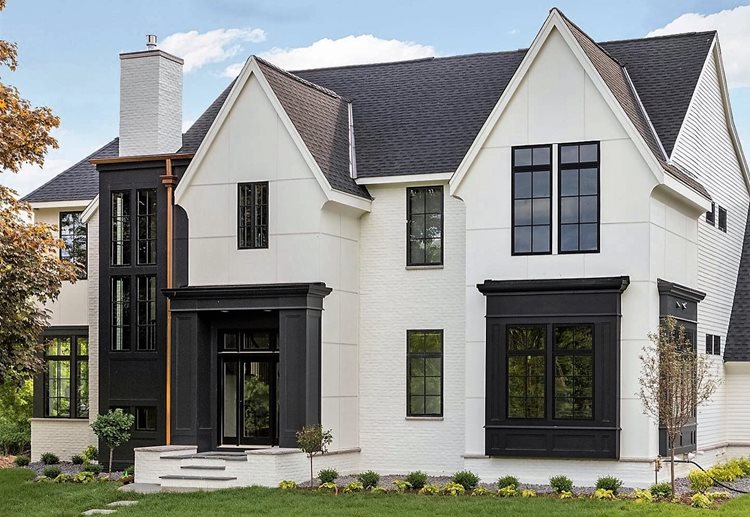2020 has made its mark on almost every aspect of daily life, including how people interact with and think about their homes.
For many, home was primarily a personal space. Now it is also a full-time office, a daily classroom, a gym, and many other things it never was before.
These factors will shape residential building trends in 2021, and perhaps beyond, as people look to design to help them adjust and adapt to their new roles and routines.
A Variety of Indoor/Outdoor Space

The quarantine-era has made homeowners hyper-aware of their ability (or inability) to be outside and this experience will not fade from their memories anytime soon.
For the next year, building pros should focus their efforts on incorporating a variety of indoor/outdoor living options. These spaces may previously have been thought of as common areas. Going forward, there will likely be increased interest in private indoor/outdoor spaces as homeowners seek a quiet, yet at-home, outdoor retreat, such as bedroom balconies.
The most successful designs will seamlessly blend these areas together with continuous flow and materials that make the transition indiscernible. Flat-wall siding profiles from the Aspyre Collection by James Hardie®, such as Artisan® Shiplap or Bevel Channel siding, provide a durable exterior material that can be perceived as both stylish and comforting.
Accessory Dwelling Units
2020 is also the year of work-from-home and the new challenges that came with it. Homeowners around the world quickly discovered that working in spaces once exclusively used for off-the-clock purposes further eroded their work/life balance.
Going forward, more secluded home office spaces may be in demand as remote work becomes a new normal. Designers can help homeowners put physical and mental distance between themselves and work by completely removing office space from the home, while keeping it on the property. An accessory dwelling unit (ADU), in many cases, can be a good solution for both new homes and additions.
Since ADUs are smaller, free-standing structures, designers have broad creative range in their overall style. While they can easily be matched to the main house, they can also serve as an accent piece, or completely blend into the landscape.
Versatile and durable exterior materials, such as HardiePanel® vertical siding, will be key to a successful ADU design.
Expanded Transitional Style 
With the amount of uncertainty that homeowners have faced, there may be more interest in styles that merge familiar and contemporary design elements.
Classic design elements will lend comfort without being nostalgic, and contemporary style can add a less-is-more freshness that evokes stability, without being sparse or unsettling. The finished product is a pleasantly fused style that simultaneously looks brand new and like it has been there forever.
The home pictured above, by SD Custom Homes, is a pleasing example of transitional style. It features Tudor-inspired architecture and copper accents for old-world feel, while the black-and-white color scheme and the HardiePanel vertical siding add contemporary flair. The above example is by SD Custom Homes.
Sustainable Building Materials
Homeowners will not only emerge from 2020 more health minded, but they will continue to be environmentally conscious. Specifying and using more sustainable building materials is one way that builders and contractors can do their part to minimize environmental impact.
One sustainable choice is built-to-last fiber cement siding that not only requires fewer resources for replacement, but also helps reduce maintenance and repair costs. Additionally, the raw materials used in James Hardie® products are at least 75% locally sourced, which reduces energy and emissions from transportation.
2021 and Beyond
Moving forward, building professionals can help homeowners adjust to their new reality by creating the structure they need to feel comfortable in their homes. More than ever, thoughtful design in renovations and new construction will be invaluable to homeowners.